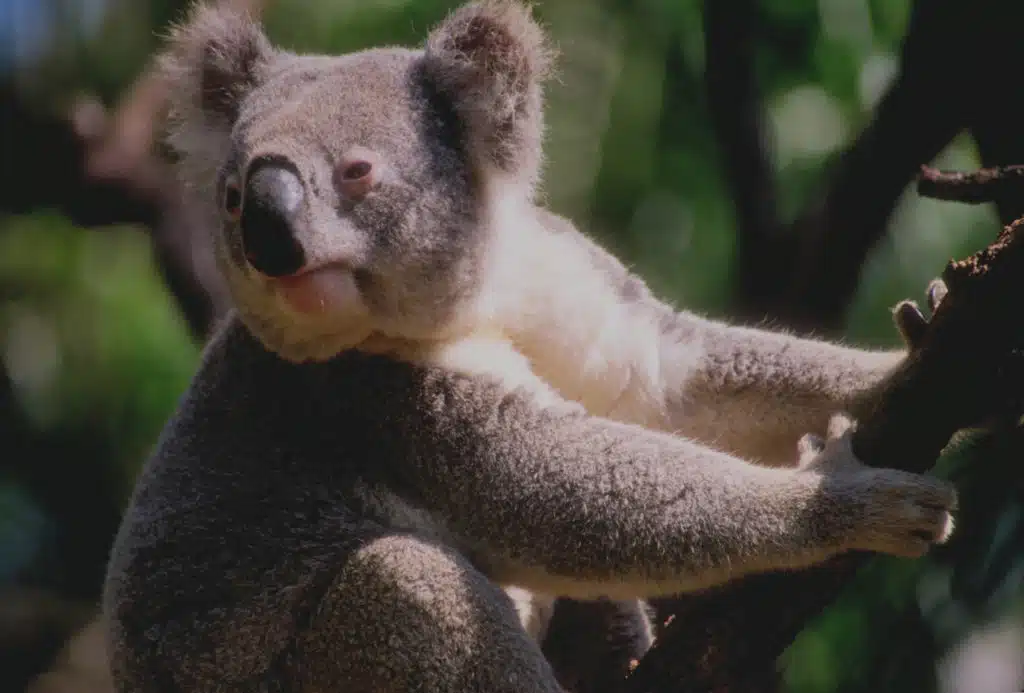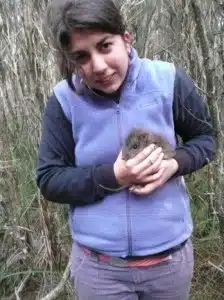Australia may be losing more animals to extinction than previously thought, with the discovery of new fungi-foraging mammal sub-species, a Sydney zoologist says.
Greta Frankham, of the Australian Museum and The University of Melbourne, has discovered new sub-species of long-nosed potoroos across Australia, raising concerns over the wider impact of mammal extinction in a country that already holds the record for the highest rate in the world.
“We thought we knew all about Australia’s iconic mammals, but genetic tools are now revealing new species and sub-species across the continent,” Greta says.
“My work shows that this species should actually be managed as at least three subspecies and, depending on future results, that these may actually represent three completely different species,” she says.
“It is critical that we recognise and protect the genetic diversity of species so they have the best chance to adapt to future environmental changes.”
According to Greta, the long-nosed potoroo is an endangered ‘keystone species’ that eats and disperses a wide variety of fungi and truffles throughout the ecosystem, improving the health of eucalypts and wattles. It is currently managed as two subspecies.
“This makes conservation of these marsupials pivotal to the well-being of the broader forest ecosystem,” she says.
Greta says land clearing and the introduction of foxes has accelerated the extinction of potoroos over the last two centuries, and immediate intervention is necessary to ensure this doesn’t continue.






 Fresh Science is on hold for 2022. We will be back in 2023.
Fresh Science is on hold for 2022. We will be back in 2023.